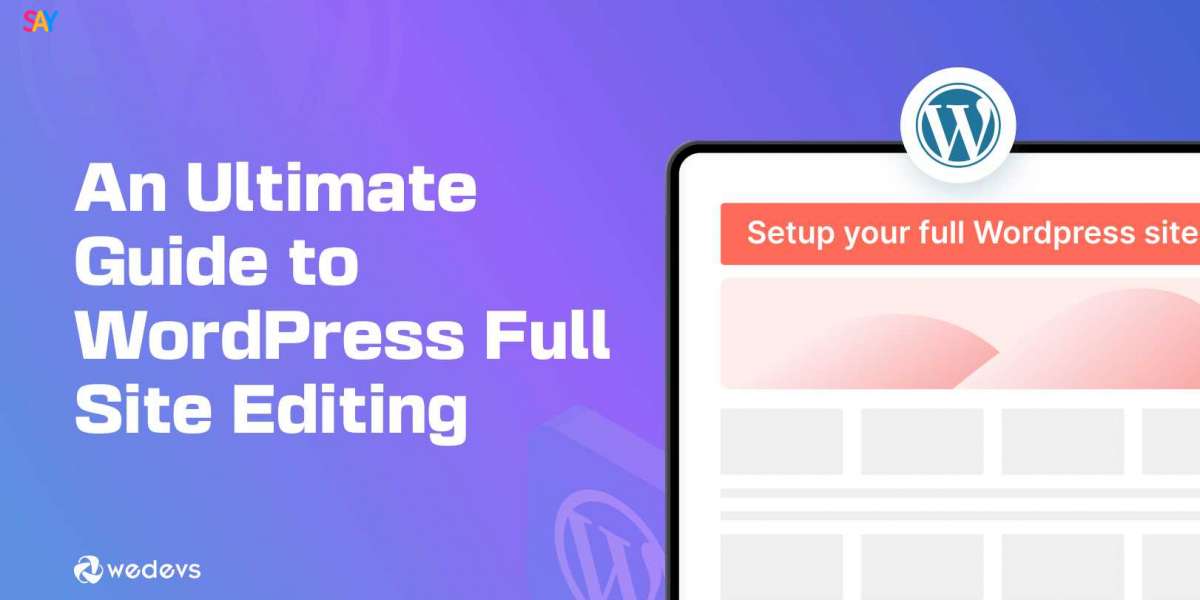WordPress is an extremely flexible and powerful content management system and creating a curated editing experience will make it even more effective and much more pleasant. Here are 15 ways to enhance your WordPress editing environment:
- Use a Modern Theme
Picking a nice, modern theme can make quite a difference when it comes to editing. Themes that are optimised for the Gutenberg editor ensure that blocks and layout tools all work well.
- Add a Page Builder
Buildering tools like Elementor, Divi, or Beaver Builder add drag-and-drop functionality to WordPress. It helps create complex layouts without touching code.
- Brand the Dashboard
Plugins such as Adminimise or Ultimate Dashboard will help you customise the WordPress admin dashboard. Hide menu items and also widgets and even create a custom dashboard for various user roles.
- How to Use the Block Editor
The block editor by Gutenberg really revolutionised WordPress editing. Get familiar with its full potential for re-usable blocks, block patterns, and third-party block libraries.
- Set Up a Custom Post Type UI
Via plugins like Custom Post Type UI or Pods, you can define custom post types and taxonomies that aid in better content organisation and even ease the editing process.
- Add Custom Fields
The Advanced Custom Fields or Meta Box plugins provide custom fields for posting, pages, and other custom post types; it makes content organisation and editing more flexible.
- Performance Optimisation
A better and faster running WordPress site with caching plugins such as W3 Total Cache or WP Super Cache is a must. Faster sites can enhance the editing experience by reducing load time.
- Enhance the Media Library
Improved Media Management – Using plugins like WP Media Folder or Media Library Assistant adds more organisation, search, and bulk editing features.
- Content Scheduler
Use Editorial Calendar or PublishPress for a robust content schedule that allows you to plan your posts, set them in order, and schedule with extreme consistency.
- Enable Collaborative Editing
Plugins like Multicollab or PublishPress Revisions are for collaborative editing, enabling a user-friendly interface where many people can work together on the same content at the same time, along with revision management.
- SEO Tools Implementation
SEO plugins like Yoast SEO or Rank Math seamlessly integrate into the WordPress editor to provide real-time SEO suggestions and readability analysis regarding optimisation in search engines for your content.
- Grammar and Spell Check
Integrate tools like Grammarly or Jetpack's Proofreading feature to help you catch grammatical errors and typos right in the WordPress editor, ensuring that your content is polished and professional.
- Add Custom Shortcodes
Install plugins like Shortcodes Ultimate for creating custom shortcuts for frequently used content elements to hasten up your workflow. This easily adds components to your posts.
- Implement a Backup Solution
Backups are something that you really ought to be doing on a regular basis. Plugins such as UpdraftPlus or BackupBuddy ensure that you have a solid backup solution in place so you can restore your site should something go wrong.
- Train Your Team
Make sure everyone using the WordPress editor is trained on how to use it effectively. Provide resources, tutorials, and support to get the most from the editing tools and features.
Implement these 15 strategies for an incomparably more efficient, organised, and enjoyable WordPress editing experience. From performance optimisation and better collaboration to security measures, these tips have everything you need to know about WordPress content management to make your work with your team so much easier.




